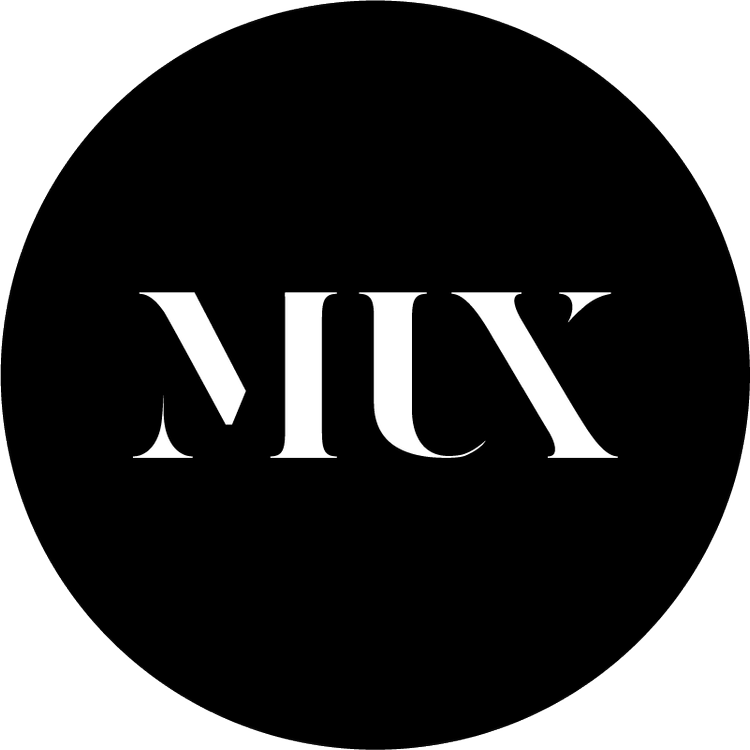UX Case Study
Jaguar Land Rover
Please note:
This project is highly confidential and therefore this writeup will not cover everything that was discussed or discovered. It will only cover our approach to the project and will skip over any details about the outcomes or strategic decisions that were made.
Overview
Context
Gains Team Objective
The aggregation of marginal improvements in everything a user does on a JLR UK digital platform, to deliver a truly optimised customer experience, resulting in increased engagement, conversion and greater marketing efficiency.
The Optimisation Team included: Digital Analytics, Project Manager, Digital Strategist, UX/UI Specialist, Copywriter, Author and QA.
Our aim was to create new leads, Increase AEU (Active Engaged Users) conversion and improve Customer Experience and Customer Service. We conducted numerous tests and analysis to identify biggest pain points and marginal gains throughout all Digital Experience of both Jaguar and Land Rover.
Challenges
Digital Presence of JLR is an enormous, organically grown, over 7 year old platform with a lot of legacy, simultaneously running projects , campaigns and global geographically diverse (multilingual) audience. Additionally, being world’s leading automotive brand JLR has to comply with very restrictive brand guidelines, finance, law and GDPR regulations. Short lifetime of this project and no development time or budget dictated the strategy for our team: conduct as many small tests as possible. These included: copy changes, existing component and asset library utilisation and pages cut-downs.
Methodology
Quantitative and qualitative data tracking and analysis
Moderated Interviews
User testing: AB Testing
Stakeholder workshops
Card Sorting and Tree Testing Sessions
Jaguar Land Rove Checkout Optimisation
PROJECT
NCOS - Checkout Optimisation
One of many projects we were asked to look at was NCOS - Checkout Optimisation. The brief we received was to come up with 3 tier recommendations for optimising the final stages of online vehicle purchase. Where Tier 1 was - quick, marginal changes (requiring no dev time like copy changes), Tier 2 - small improvements requiring little development (structural/formatting) and Tier 3 - bigger changes requiring further scoping and ideation (functional).
Challenges
3-rd party check-out solution
time and budget restraint
complex and non-lineal user flow
Methodologies I used
I - Quantitative data analysis
II - Moderated Interviews during Field Studies
III - Stakeholder workshop (Journey Mapping and Affinity Mapping)
I - Quantitative data analysis
This part of our research allowed me to determinate the profile of an end user, their demographics, devices used, social status as well as to identify all steps of the user journey with drop-offs and conversion for each phase.
II - Moderated Interviews during Field Studies
With the above insights, I had enough data to conduct moderated interviews in field studies. Due to limited time and budget I conducted them in Old Street coffee shops using screen and voice recording tools, as well as Empathy Mapping method. I interviewed 10 potential users asking them to perform simple tasks and full checkout journey. This involved writing an interview script, determining tasks and goals, moderating time dedicated per each task as well as managing interviewer’s time and expectations.
Moderated User Interviews
III - User Journey and Affinity Mapping Workshop with Stakeholders
The gathered user feedback and collected recordings where used in Journey Mapping Workshop to help me tell the narrative of the end user trying to make the purchase online.
Actor (the user)
Scenario (what they are trying to accomplish) Expectations + Goals
Journey phases - those are the steps user is taking throughout the journey
Actions, Mindsets and Emotions (actions user it taking, their mindset as they them and the emotional side effects: are they frustrated or excited)
Opportunities, Insights & Ownership (these are the ‘take aways’) What was learned from the journey mapping? Where are gaps? Where are the financial gains? What could we tell anyone looking at this map of things that we needed to do?
Journey Mapping, apart from helping us identify pain points and compose our recommendations, had two huge benefits: created a shared language, understanding and same mental model of what the end user was doing. That process created and artefact which allowed our team to convince stakeholders, share to other departments and use those insights to come up with recommendations.
User Journey Mapping Workshop was then followed by Affinity Mapping Session where all stakeholders were involved in classification of collected recommendations. The 3 Tier Level recommendations were determined by time and efforts required to execute.
As a result of the Stakeholder Workshop we were not only able to classify our recommendations but also to set KPIs to measure effects of the above. As this is an ongoing project and under strict NDA I’m unable to present the results of our optimisation.








